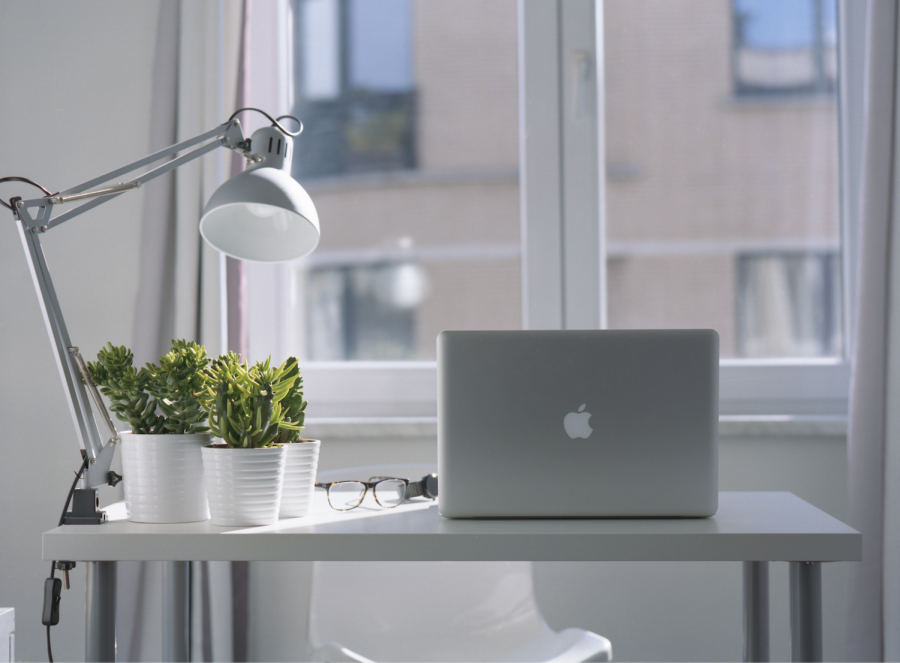How to improve your work environment at home
The pandemic has forced many people to work at home, leaving them with a less than ideal working environment.
Melissa Afterman, a board-certified ergonomist, said that people are facing challenges with the physical and cognitive limitations of the workspace, such as reductions in movement, the stress of being overworked, and poor time management.
Here are some tips to create a more productive and comfortable home office.
Designate a work space
Having a designated area at home creates a strict divide between school life and home life.
“Try to avoid working or schooling from bed,” Afterman said. “The bed is inviting and comforting, but working in bed is very awkward on the body, and it’s hard to get a good ergonomic set-up.”
A defined work space at home can also maintain normalcy, increase productivity and help avoid distraction.
Mark Vo has implemented this method into his work day.
“I try my best to make the environment I am in similar to that of a classroom to prevent distractions,” said Vo, a 19-year-old nursing major.
Optimize seating for good posture
Bad posture puts pressure on your posterior muscles and leads to tension headaches.
Afterman recommended protecting your body by keeping your work surface at elbow level. If sitting in a chair for long periods of time feels difficult, use a wobble stool or a balance ball instead.
Sitting on the floor is not recommended because it can cause joint issues, discomfort and muscle pain to our bodies.
Move your body
Afterman also recommended stretching our body throughout the day. Without stretching, the muscles of your body can eventually become shortened, weak and unable to extend.
“We need to move our bodies and we need to change our position often,” Afterman said. “There’s a saying in ergonomics that your next posture is your best posture.”
Don’t lean over your phone
When using a cellphone to text, people tend to lean their head forward. This position stresses the upper body and stiffens the spine.
To protect your neck, wrist and thumbs while you are using your phone, Afterman said to take advantage of the dictation feature.
“Using your voice to enter text, whether there’s a dictate feature or Siri, is good,” said Afterman. “It’s much faster to swipe by not putting additional strain to our body.”
Take screen breaks
Working and learning online involves a lot of screen time, and the digital overload can be stressful on the brain.
“We are having to either toggle between open windows to deal with multiple documents or zooming in and zooming out,” said Afterman. “This adds loading on our cognition in our brain, which is taking away from the project at hand or the lesson.”
She advises focusing on one screen at a time and keeping desks and workspaces free of clutter.
Nathan Spruiell, 21, business major, keeps his desktop for work and personal computer side by side to stay organized.
“My advice is to find a rhythm with family when staying at home — studying or working,” Spruiell said.
With the end of the pandemic still not in sight, these methods will be helpful for a long time to come.



